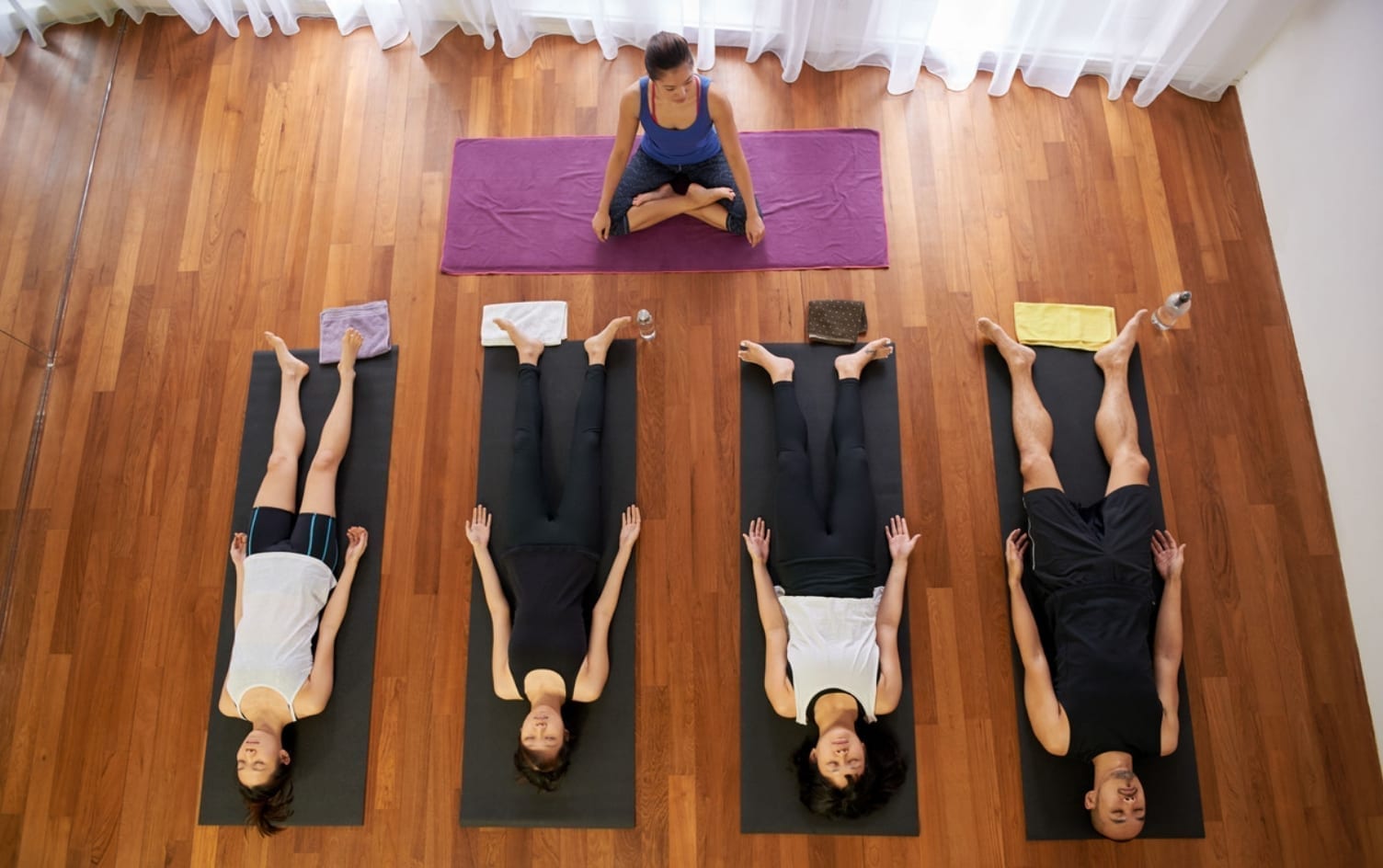There is a brief time as we drift from consciousness into sleep where we start to let go. Our thoughts become untethered, reality warps and we might have strange little dreams. We usually pass through this in-between state on our journey to deep sleep within minutes and rarely give it much thought.
But artists like Salvador Dali and inventors like Thomas Edison recognized this borderland as a font of creativity and an aid for problem solving. Both men worked to induce the state by napping with an object — keys, marbles or ball bearings — in their hands. Before they could slip into full, deep sleep, the object would clatter to the ground, waking them. Scientists call this state of lucid dreaming the hypnagogic state. Yogis call it yoga nidra.
WHAT IS YOGIC SLEEP?
Yoga nidra, or yogic sleep, is a powerful meditation technique that prompts the body to relax deeply while the mind remains inwardly alert. Yoga nidra works by guiding you through the four main stages of consciousness or the four main stages of brain activity — beta, alpha, theta and delta.
The practice triggers the parasympathetic or “rest and digest” state, which allows the body to relax, repair and heal. Beyond that, yogis believe this paradoxical state between consciousness and sleep fosters self-exploration and healing.
Researchers acknowledge greater studies are needed to fully understand the benefits of yoga nidra, but initial studies show improvement in PMS symptoms, diminished stress and anxiety and stabilized blood glucose levels in diabetics. And, the many studies supporting the benefits of meditation also apply to yoga nidra because it is a form of meditation.
HOW TO PRACTICE YOGA NIDRA
Yoga nidra is typically guided, but if you don’t have access to a class or don’t want to practice in a studio there are several guided online sessions, online podcasts and videos that work well.
To practice, you’ll begin by lying on the floor or your bed in shavasana pose. You may want a blanket over you to keep warm or a bolster under your knees for support. You want to be as comfortable as possible so you can stay in this position for 30 minutes. The practice can be as short as five minutes and as long as an hour, but a half hour is ideal.
In a traditional yoga class the instructor cues poses and body alignment, in a yoga nidra session the teacher guides you through the stages of consciousness.
- You’ll begin by setting an intention, some deep desire for your life.
- You’ll then be asked to scan your body to notice any sensations and to become aware of your breath.
- The teacher will offer guided instruction for how to breathe so as to trigger the relaxation response. This starts to shift your brain from an awakened state with lots of brain activity (beta) to a more relaxed state (alpha).
- Typically your teacher will also offer guided visualizations.
- The teacher will then guide you back to a state of awareness, often asking you to reflect on your experience before re-orienting to your normal, awake life.
Perhaps the best part of the practice is it’s completely accessible. Intense vinyasa flows are not for everyone. Many struggle with meditation. But with yoga nidra, all you have to do is lie down and follow the voice guiding you.




